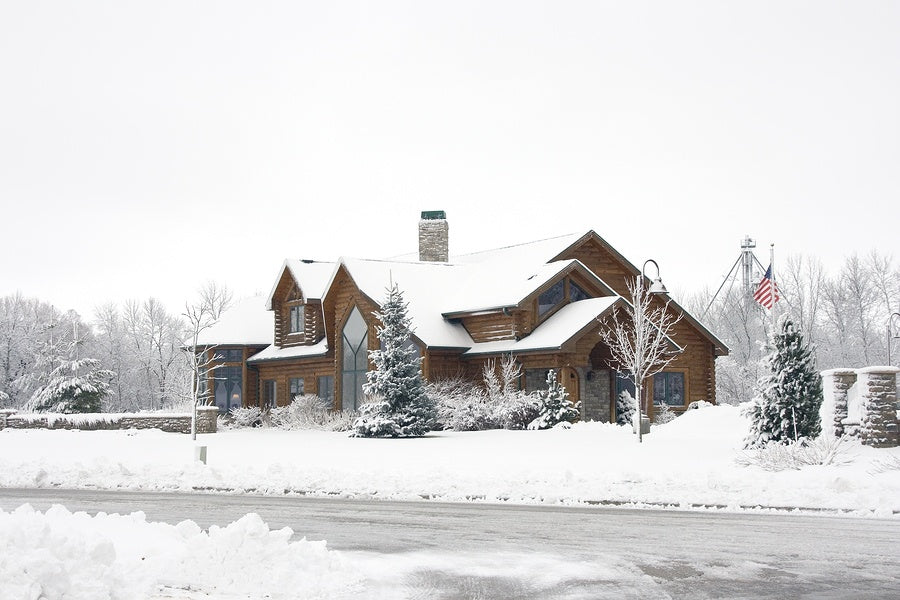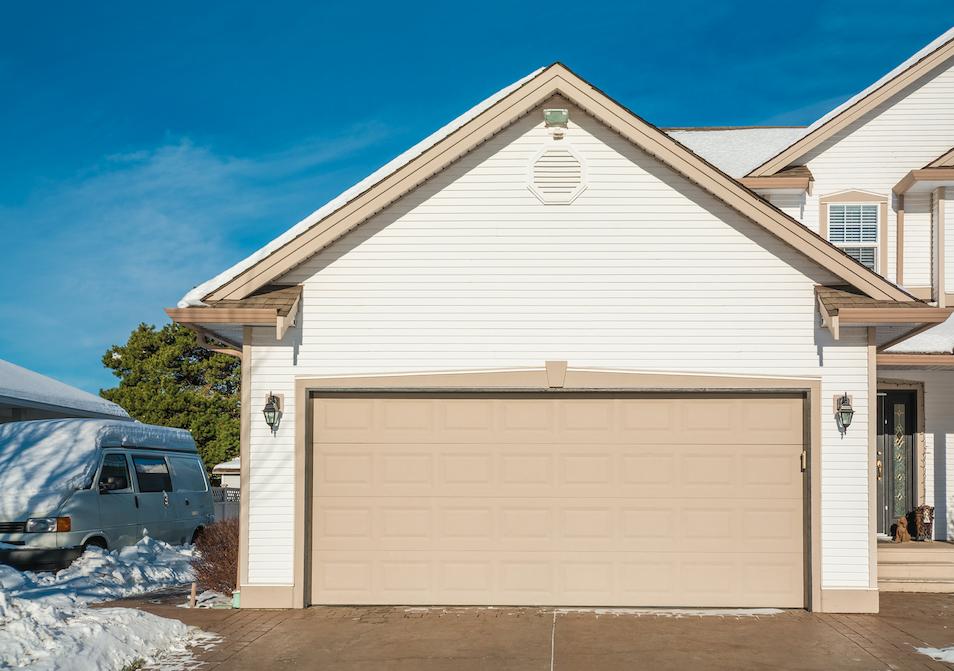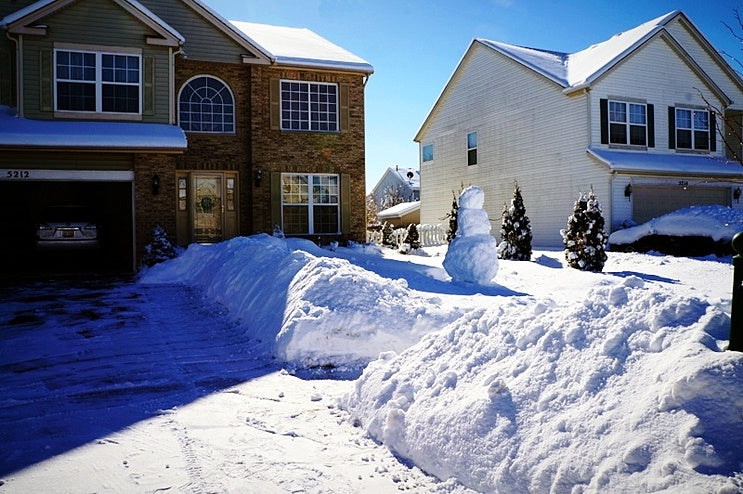Homeowners with well-manicured lawns sometimes dread and fear the arrival of winter, realizing that their precious trees, bushes, flowers, plants, and sod may suffer the effects of "winter kill." And this is a reasonable concern, given the significant investment of time, effort, and money you may have put into your lawn.
However, winter's snow and ice can do more than merely cost you extra on "lawn rehab" next spring. Ice and snow can also create tree and landscaping hazards that put you at risk of both injuries and (should a visitor be hurt on your property) expensive lawsuits.
How Winter Makes Hazards out of Your Trees
Trees are beneficial to your property in multiple ways, including the provision of shade, a strong boost in your home's curb appeal, and the creation of a helpful wind break. Yet, winter has a way of turning your trees into "sources of danger."
For the most part, winter time tree dangers result from a failure to identify and remove dead/dying branches earlier in the year. For this reason, it is advisable to hire a professional arborist to inspect your trees every year and to thin out canopies, cut off dead branch, and if necessary, doctor your trees back into prime health.
When trees enter winter already in poor shape or when winter storms are just too much for even healthy trees, here are the dangers to watch out for:
- Branches loaded down with snow and caked with ice may suddenly snap and tumble down onto innocent bystanders.They could also strike a parked vehicle in your driveway or fall into a (wintering) outdoor swimming pool.
- Branches handing over power lines may fall and knock the lines down, which is a hazard both because it causes a power outage and because of the live wire on the ground.
- High winds during winter storms may rip off weak or crotch-angled branches and slam them against your house. Roofs are frequently damaged this way, such that they leak, which leads to expensive interior damage. Windows are also at risk of being shattered.
- If branches are left long on the ground, they can become a tripping hazard. And branches left in the driveway could damage car tires when someone rolls over them without realizing they are there.
- An entire tree may be uprooted in a storm, which entails all of the dangers listed above but to a higher degree. Trees that lean unnaturally and/or show signs of disturbed soil near their base may be in danger of uprooting.
How Ice and Snow Create Landscaping Hazards
While tree hazards are more common than other landscaping hazards caused by winter's snow and ice, they are not nearly the only possible dangers.
First of all, if your lawn doesn't drain properly, it will empty snow/ice run-off onto your sidewalks, walkways, and driveway. This will then refreeze to form ice and create a slip-and-fall hazard. When snows are heavy and temperatures fluctuate frequently, this danger is maximized, and it is especially an issue when early spring flooding arrives. Installing an in-ground drainage system and having a professional aerate your soil are two ways to minimize the risk.
Next, a lawn that slopes in "the wrong direction" (relative to the prevailing winds) will accumulate snow drifts. These drifts can dust your drive with snow that melts/refreezes, or they can suddenly cover your driveway and walking paths after a windstorm. Short of "exporting" excess snow from your yard in the back of a pickup truck, the best ways to deal with snow drifts is to plant trees and bushes strategically as wind breaks or to put up a snow fence.
Finally, we should mention a few other winter landscaping hazards: Snow loads on gazebos may cause them to collapse, and the force of expanding frost can topple retaining walls. Shrubs covered with snow can obstruct your view of "the next step" and, thus, create a tripping hazard. And if leaves and debris are left on your lawn during the winter, it can become a shelter for rodents, which may then grow bolder and infiltrate your home.
Conclusion
While winter's snow and ice can endanger your landscaping, it is also true that snow and ice can cause your landscaping to become a danger to you. By taking steps to prepare your trees and lawn for winter long before it arrives, you greatly reduce the risk of injuries, lawsuits, and property damage.


